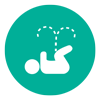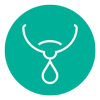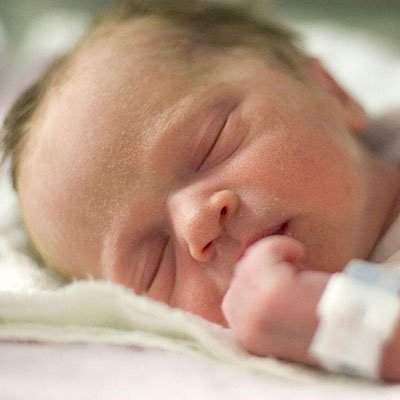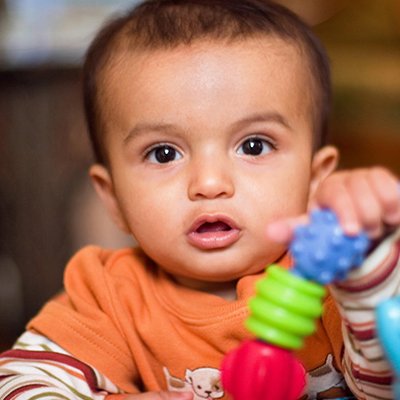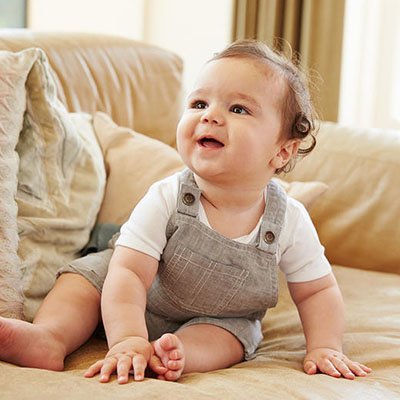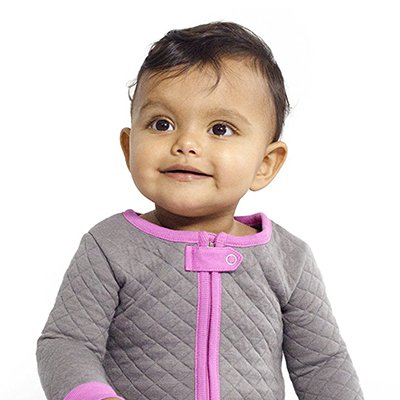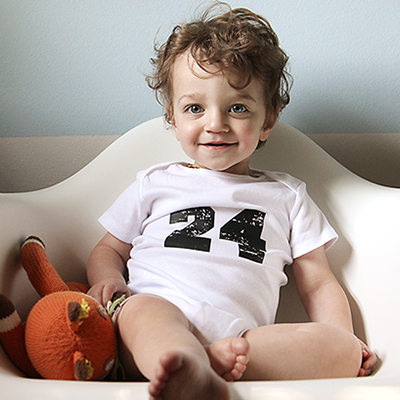Child Health
Our Children. Our Future.

Prevention of infection

Keeping the baby warm

Breast feeding

Detection of danger signs and early referral

Care of low birth weight baby
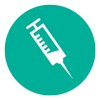
Immunization for Infant
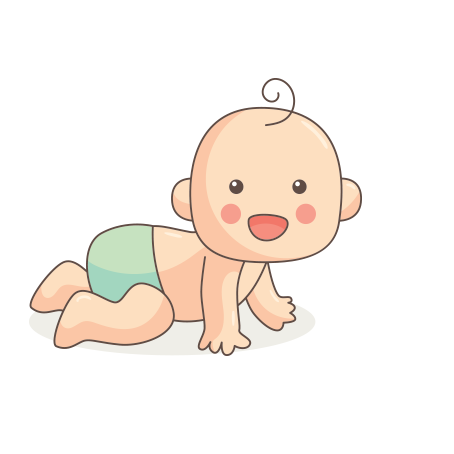
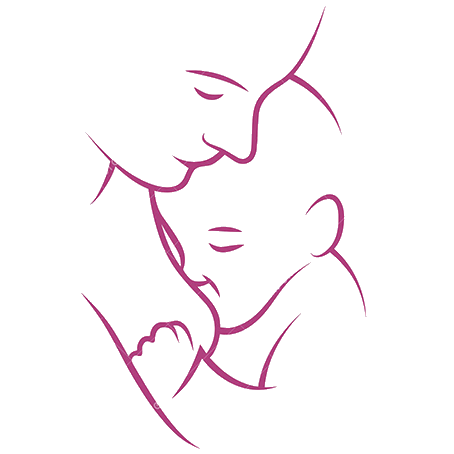
Nutrition for newborn
It is generally advised to exclusively breastfeed baby for six months then gradually introduce other food including ‘colostrum’ which is first milk your breasts produce during pregnancy. In case if your child is wailing on a frequent basis, it is a probable sign that your child is not receiving sufficient nutrition. Under such scenario, provide other recommended food besides breastmilk to keep your child nourished. Refer the below links for more information on child nutrition.
A child needs carbohydrate, proteins, minerals and even fats (ex-ghee which keeps skin healthy, treats cough & cold, increases immunity, boosts energy) for healthy growing. Deficiency of these nutrients can cause hinderance in physical and mental growth of the child. A child should not be put on an adult fad of slimming diets.
In slums and rural places, there is a lack of finance or information on appropriate child nutrition which leads to undernourishment/malnourishment. Malnutrition has increased four-fold among children in Mumbai’s municipal schools, from 8% in 2013-14 to 34% in 2015-16.
It has been seen that in urban India even in middle economical strata to well off family children are found be undernourished as people are trying to impose new health fads of children. The statistics reaches to 21% child undernourishment in Mumbai/Mumbai suburb.
It is crucial to note that children up to 6 years is more prone to infection as immunity is low. What child eats will be translated into immunity in a child
parameters to determine growth of children
Mid-Upper Arm Circumference (MUAC) is recommended for use with children between six and fifty-nine months of age and for assessing acute energy deficiency. The other measurements to assure healthy growth of the child is linked below:

Health risks of babies born to teenage mothers
milk from breast feed?


